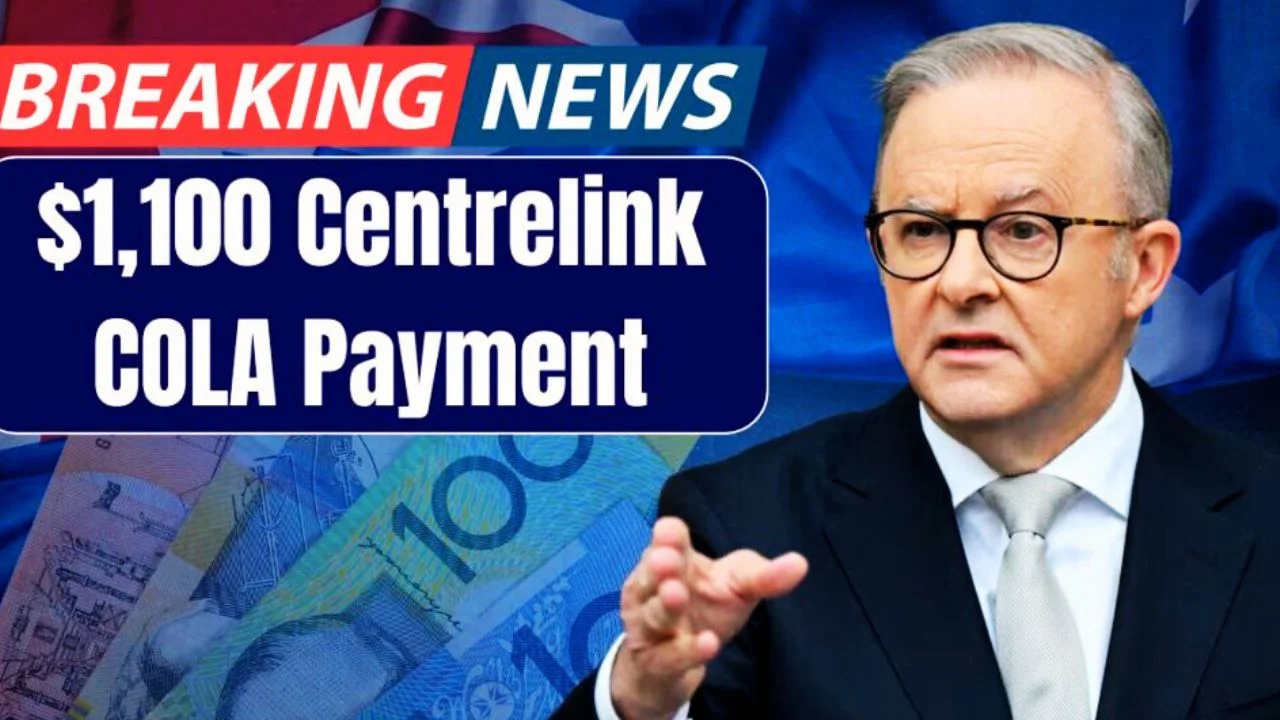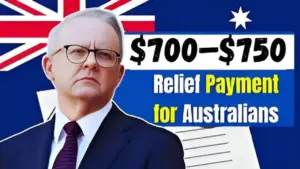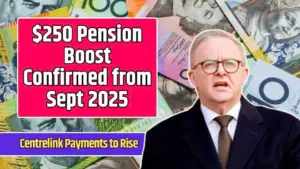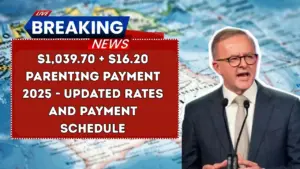If you’ve seen claims online about a $1,100 Centrelink cost of living bonus payment, you’re not alone. Thousands of Aussies are searching for answers about this supposed windfall, but here’s what you actually need to know.
The Short Answer: It’s Not Real
Services Australia has confirmed that various bonus payments advertised online, including amounts of $750, $950, $1,800, and other figures, simply don’t exist. The $1,100 bonus is part of clickbait content designed to attract clicks and shares on social media.
Why Are People Talking About It?
With the cost of living hitting Aussie households hard, it’s no wonder people are desperately searching for financial relief. Rising energy bills, skyrocketing rent, and expensive groceries have made life tougher for many families. While there was a genuine Cost of Living Payment in the past, this payment stopped on 30 June 2023.
What Legitimate Support Is Available?
Though the $1,100 bonus isn’t real, there are genuine Centrelink payments and supplements you might be eligible for:
Regular Centrelink Payments As of May 2025, JobSeeker for singles without children pays around $761.30 per fortnight, with rates regularly indexed to keep pace with living costs. Pensioners, students, families with kids, and carers all have specific payments available.
Family Tax Benefit Increases From 1 July 2025, Family Tax Benefit rates increased by 2.4 per cent, with the maximum rate for children under 13 now $227.36 per fortnight, and $295.82 for children aged 13 and over.
State-Based Rebates Different states offer additional support. NSW and Victoria provide utility relief grants, Queensland offers electricity rebates for seniors and concession card holders, and WA has regional cost-of-living subsidies.
| State | Available Support |
|---|---|
| NSW/VIC | Utility relief grants & energy rebates |
| QLD | Electricity rebates for seniors & concession holders |
| WA | Regional cost of living subsidies |
How to Protect Yourself from Fake Claims
Only trust information from official government websites ending in .gov.au, such as servicesaustralia.gov.au and my.gov.au. Be wary of social media posts promising secret payments or bonus amounts.
Don’t Miss Out on Real Payments
Instead of chasing fake bonuses, make sure you’re claiming what you’re genuinely entitled to. Log into MyGov, use the Payment and Service Finder tool, or call Centrelink if your circumstances have changed. Every dollar counts when you’re doing it tough.
The bottom line? While the $1,100 bonus isn’t real, there are legitimate payments and rebates available. Focus on what you can actually claim rather than falling for online rumours.
Frequently Asked Questions
Is there really a $1,100 Centrelink payment coming in 2025?
No, this payment doesn’t exist. It’s clickbait spread through social media and unofficial websites. Services Australia has specifically warned Aussies about fake bonus payment claims circulating online.
What cost of living support is actually available from Centrelink?
Genuine support includes JobSeeker Payment, Age Pension, Family Tax Benefit, Youth Allowance, and various supplements like Rent Assistance and Energy Supplement. From July 2025, many payments increased by 2.4% through regular indexation.
How can I check if I’m eligible for Centrelink payments?
Log into your MyGov account and check your Centrelink profile, use the Payment and Service Finder tool on the Services Australia website, or contact Centrelink directly to discuss your circumstances.
Are there any state-based cost of living payments?
Yes, many states offer additional support. South Australia has cost of living concessions, NSW and Victoria offer utility relief, and Queensland provides electricity rebates for eligible residents.
How do I spot fake Centrelink payment scams?
Be suspicious of social media posts promising bonus payments, check that websites end in .gov.au, and never click suspicious links claiming to help you “register” for payments that haven’t been officially announced.



